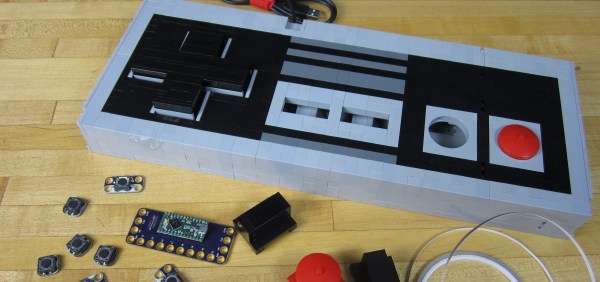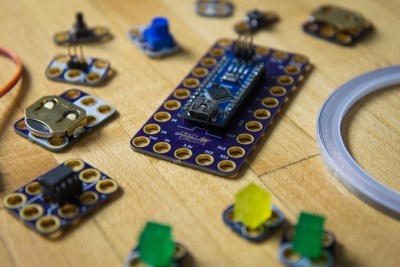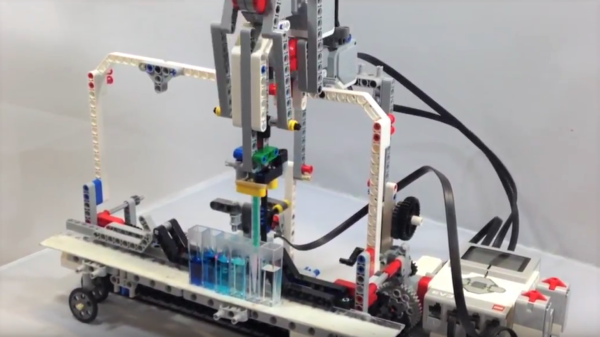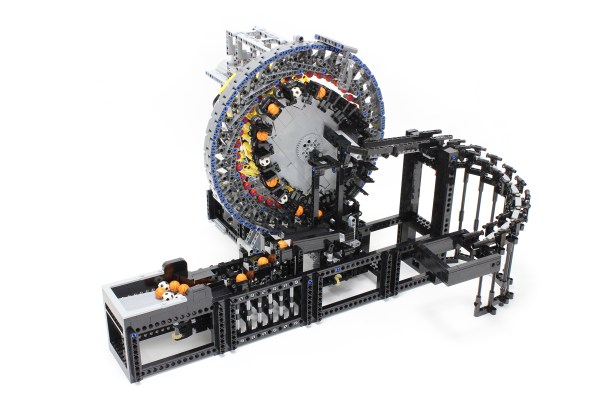Have you ever taken an interest in something, and then found it’s got a little out of hand as your acquisitions spiral into a tidal wave of bags and boxes? [Jacques Mattheij] found himself in just that position with Lego. His online purchases had run away with him, and he had a garage packed with “two metric tonnes” of the little coloured bricks.
Disposing of Lego is fairly straightforward, there is a lively second-hand market. But to maximise the return it is important to be in control of what you have, to avoid packaging up fake, discoloured, damaged, or dirty parts. This can become a huge job if you do it by hand, so he built a Lego sorting machine to do the job for him.
The machine starts with a hopper for the loose Lego, with a slow belt that tips individual parts down a chute to a faster belt derived from a running trainer. On that they run past a camera whose images are analysed through a neural net, and based on its identification the parts are directed into appropriate bins with carefully timed jets of compressed air.
The result is a surprisingly fast way to sort large amounts of bricks without human intervention. He’s posted some videos, one of which we’ve placed below the break, so you can see for yourselves.



 The electronics are based on a Teensy LC programmed to appear as a USB keyboard, and the buttons are standard push buttons. The insides are wired together with nylon conductive tape. LEGO was an appropriate choice because the Teensy and switches are built on top of LEGO compatible PCBs, so components are just snapped in place. The system is called
The electronics are based on a Teensy LC programmed to appear as a USB keyboard, and the buttons are standard push buttons. The insides are wired together with nylon conductive tape. LEGO was an appropriate choice because the Teensy and switches are built on top of LEGO compatible PCBs, so components are just snapped in place. The system is called 














